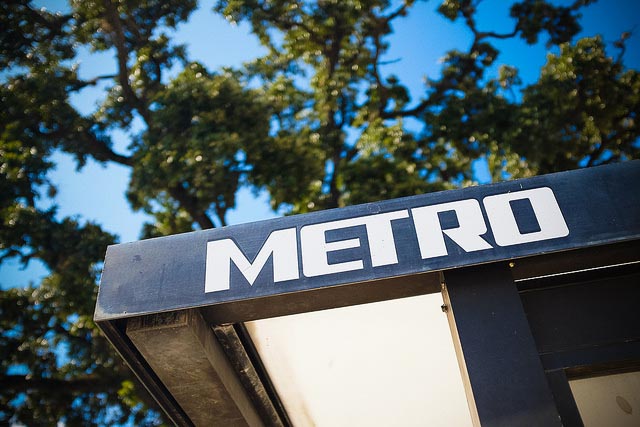Increasingly, transit agencies are becoming aware that in order to make public transportation attractive and useful, it needs to be integrated into the urban fabric around it.
It’s something the researchers at TransitCenter say matters to riders in its latest survey of transit users’ attitudes. It’s been a refrain from superstar Houston METRO board member Christof Spieler. And it’s part of the reason the transit agency recently outlined a plan to add 125 new bus shelters this year as a follow-up to its recent route shakeup.
But who coordinates not only the design of the bus shelters, but where it sits on the sidewalk, how close it is to a crosswalk and whether it’s well-served by bicycle lanes and trails? That’s part of what Houston METRO is hoping its new urban designer can do. The agency posted the job description announcement summer and says it will leave it up until they find the perfect candidate. That person's duties, according to the listing, include coordinating “with the City of Houston, Harris County, the multi-cities, management districts, and TIRZs to ensure the needs of transit riders are considered in the design of streets and public facilities.”
The Urban Edge spoke with Houston METRO CEO Tom Lambert about the new position and what it says about the agency moving forward. This interview has been edited for length and clarity.
Today, what does METRO have in terms of planning and design positions, and why is an urban designer necessary?
We have very good planners at METRO. What we’re really trying to make sure we have is good insight [into] how we are working with all of our regional partners, the city and the county.
A lot of the community engagement we’ve had as we’re learning about the new bus network and working with the community to plan that was; how are you designing the infrastructure to make it easier for people to get to transit and when they get there how are you designing the environment to make it more comfortable to use.
The listed responsibilities on the job posting are pretty lengthy and include a lot of outreach and education work. How do you envision this position?
An urban designer who’s really got an understanding of multi-modal, complex urban environments [who will] report out of the executive office so, you will have not only the freedom to work with all the departments, but quite frankly any time we look at a new facility or retrofitting a facility, the urban designer is going to be involved.
Secondly, we want to embark upon more dialogue with the engineering community, with the architecture community, with the development community, etc. We’re going to look for the urban designer to really outreach to all these disciplines to make sure we’re talking about the benefits of improving all these elements.
Are there examples from the past where you think a position like this could have served the agency well?
Not really. We also want to give the person selected for the job some freedom to help shape where we need to be going. The dialogue we’ve had is we want to make sure we have the expertise.
It’s really (about) how are we holistically looking at the role we’re playing working with regional partners, the role we’re playing in working with the development community and how do we ensure design standards are there to support the ease and use of transit. We recognize that every trip starts with somebody walking or rolling so how are we looking at universal accessibility.
I think this is all part of the lessons learned when we really listened to the community.



